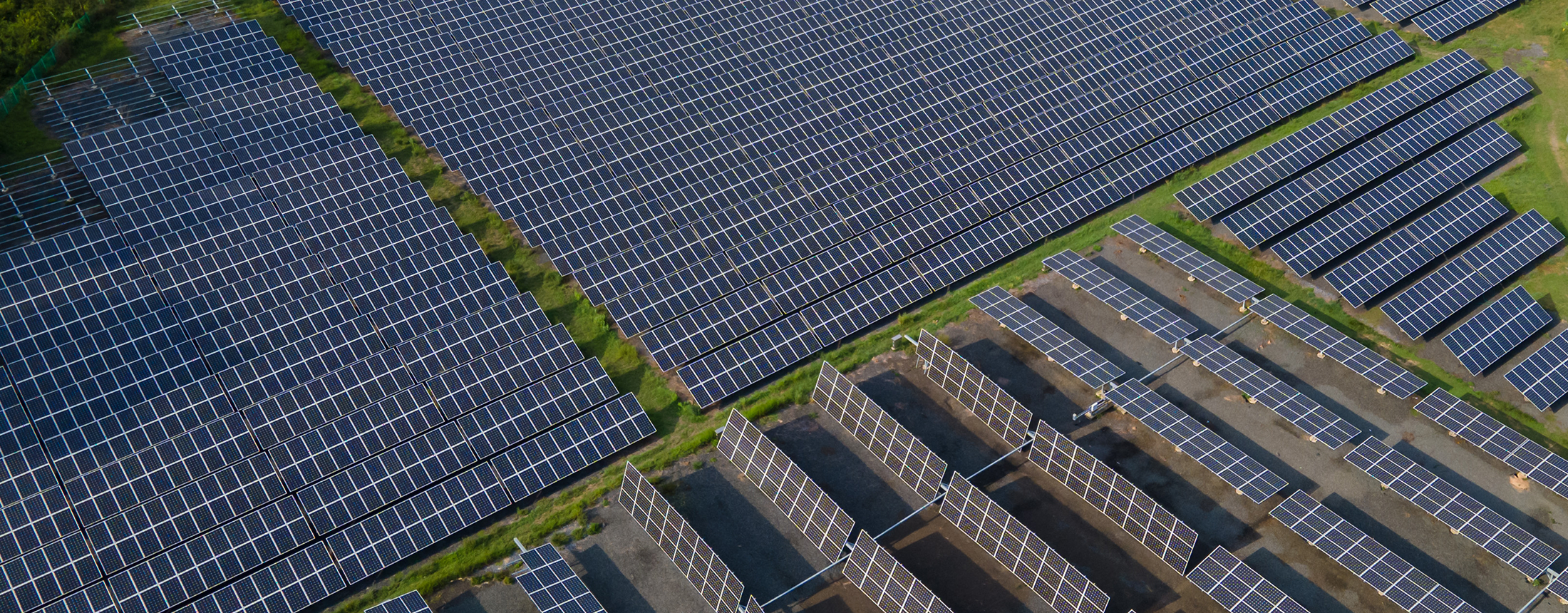Whether it is the stick in the form of the EU Taxonomy or the carrot in the form of the Inflation Reduction Act in the US, the Net Zero Industry Act in the EU or GX strategy announced in Japan, on the road to net zero we will need both the carrot and the stick to ensure sufficient capital is directed towards what the financial sector refer as 'transition finance'.
We welcome the recently announced intention by the European Commission to further define transition finance in the EU framework. Enabling large financial institutions to provide transition finance presents a tremendous business opportunity, resulting from thorough assessments of where climate risk is located in our economies and on our balance sheets. The financial risk resulting from climate change is real, but the success of the financial sectors' mitigation strategy to help reduce this risk will ultimately depend on governments, corporations and financial institutions making adequate and well-informed decisions about how best to deploy capital to transition the entire economy to carbon neutrality. It is possible that deploying transition finance may result in a temporary increase of our 'financed emissions'.
The transition needed to achieve a carbon neutral world is something unprecedented and requires a fundamental transformation of the energy and industrial sectors. It requires a deep understanding of available and credible technologies. It also requires dialogue between policymakers, society and the private sector and for them to come to an agreement about whether current assumptions, methodologies and new technologies available today and in the future will enable us to get to our goal of achieving net zero in a credible, feasible, but also bankable manner.
In Japan, the energy and industrial sectors (glass, cement, steel, paper, chemicals) are responsible for 70% of the emissions. There is often talk about the strong focus of the financial sector on the 'E' in ESG, but if we do not fundamentally reform the global energy system, we will not be able to decarbonize other important sectors that fuel our economies today, resulting in us failing to stay within the 1.5 degree mark. Reducing co2 in the energy sector is equally relevant in many other countries across Asia.
Going back to the role of the financial sector, at MUFG, we view providing transition finance as the most sensible approach to mitigate the climate risk on our own balance sheet. We also view it as our responsibility to support the management of the risks associated with the net zero transition as best as we can from today until the point that the world has reached a carbon neutral state. This means engaging with the real-economy and helping our corporate clients to achieve their transition strategies. If we divest, who will help those hard to abate sectors to decarbonize?
Our efforts and engagement with our clients is essential and we refer to this continuous dialogue as transition planning. Ever since the Glasgow Alliance for Net Zero (GFANZ) published its first Transition Planning Guide in November 2022, many financial institutions have engaged in an intense process of supporting transition planning, with a view to better formulate individual institutions' transition strategy. The considerations, assumptions and strategic decisions resulting from this process will form the institution-specific transition plan. We need to be careful to make a distinction between the process of transition planning and the transition plan itself.
When assessing individual client's plans, the strategic decisions one bank makes about how best to deploy its capital for the purpose of transition finance - and the result the provision of transition finance would have for the reduction of actual emissions in the real economy- should consider financing results as part of the basis of whether a transition plan is credible. In our case, this means a process of respectfully but thoroughly assessing and challenging our clients' transition plans.
Our commitment to supporting the energy sector's decarbonization - especially in Asia - will contribute to our success for supporting real-economy decarbonization. This means the public and private sector will need to focus on financing to transition away from where the emissions are. All of us need to chip in and, to a certain extent, bare the risks of investing in credible new technologies. I believe large banks are committed and feel some responsibility for ensuring their balance sheets move towards carbon neutrality. Before joining GFANZ, most financial institutions did not have a transition plan.
MUFG has worked hard to define our contribution to the world's decarbonization efforts and today we are starting to put our plans into action. The world depends on those with a transition plan and ultimately, having a plan beats no plan at all.
This article was authored by Takanori Sazaki, Regional Chief Executive Officer for EMEA - MUFG Bank, Ltd. It was published in the September 2023 Edition of The Eurofi Magazine.


